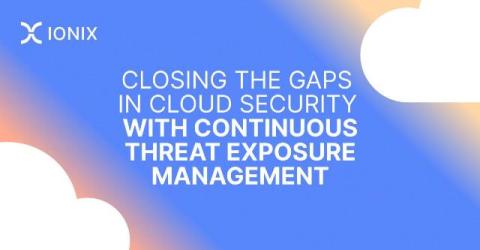Emerging Threat: Fortinet CVE-2024-55591
On January 14, 2025, Fortinet disclosed a new critical (CVSS 9.6) authentication bypass vulnerability affecting FortiOS and FortiProxy. This vulnerability, CVE-2024-55591, allows unauthenticated remote attackers to target the Node.js WebSocket module of the administrative interface and potentially gain super-admin privileges.











